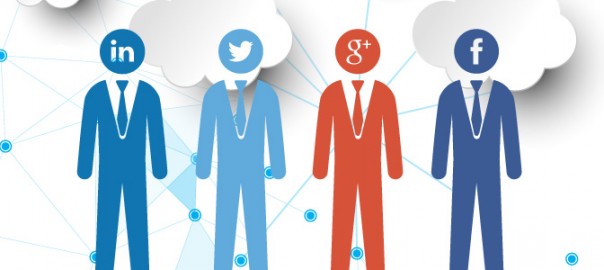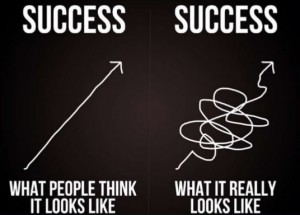
For B2B customers, the web is noisier than it’s ever been, and sales people are having a harder time than ever making their number.
There has never been more content on the web than there is today, and the social web is expanding at an exponential rate. In a single minute, there are 350,000 tweets sent, 290,000 Facebook updates, and 100 hours of video uploaded to YouTube; and those numbers are growing, not declining.
What does this content inundation mean to me, as a buyer? For one, you have more access to purchasing data than you’ve ever had before. Your buyer journey – because, as we know, the social and mobile web have transformed the purchasing funnel into a buyer journey and loyalty loop – is long, complex, well researched, pragmatic, and usually of dramatic import, as significant budgets are involved. We’re not talking about the impulsive, emotionally driven purchase of a can of Coca-Cola.
Buyers actually conduct 90% of their journey in self-guided fashion, and only contact a sales representative once they’ve reached the goal line…that is, if they get to your goal line and not a competitor’s. How can today’s sales teams combat this monumental shift in B2B buyer behavior that’s only emerged within the past few years?
The answer is through social sales techniques and advanced prospecting, nurturing, and closing tactics. If your sales team isn’t leveraging social platforms to connect with buyers, decision makers, and influencers, don’t be surprised by their missed quotas.
What Is Social Selling
Social Selling is not new, but nor has it been crystallized. Much like social marketing, social selling is dependent on user behavior, social platforms, and technology trends, making it a discipline that’s constantly evolving.
Social selling requires your sales teams to understand that they have a personal brand and presence on the web; and it’s one that their prospects are going to be researching just as much as they research your products and services as potential solutions to their business challenges.
Social selling also requires your team to embrace new, innovative ways to nurture prospects and leads once they have been identified. We’ve already talked about how noisy the social web is, but what about sales calls and irrelevant emails – how many promotional emails do your decision makers receive each month?
Nurturing prospects and leads through social channels by regularly providing your buyers with valuable, relevant, and engaging content is the way to cut through the noise. It’s also the fastest, easiest way to increase close rates and shorten the buying cycle.
Why Is Social Selling The Future
As B2B brands across the globe fully embrace content marketing as a cornerstone of their digital marketing strategy, this means that your buyers have increasingly more content to wade through before they find your products and services along their self-guided buying journey. More content, more research, and more clutter means that your sales people need more tools at their disposal than ever before to shine through to your buyers in relevant, targeted, and engaging ways.
Once those buyers and influencers find you, will your sales team be ready to efficiently and effectively turn that lead into a prospect using all of the tools at their disposal? Will they be able to leverage social content, platforms, and techniques to nurture that prospect through to a purchasing decision? Will they be able to build a relationship with that buyer over time using the micro-interactions available on social platforms, ensuring that they turn into a lifelong customer and brand advocate?
Have you conducted social sales training recently within your sales organization? What was the outcome? How is your sales team operating different than it had in the past?
(199)
Report Post




